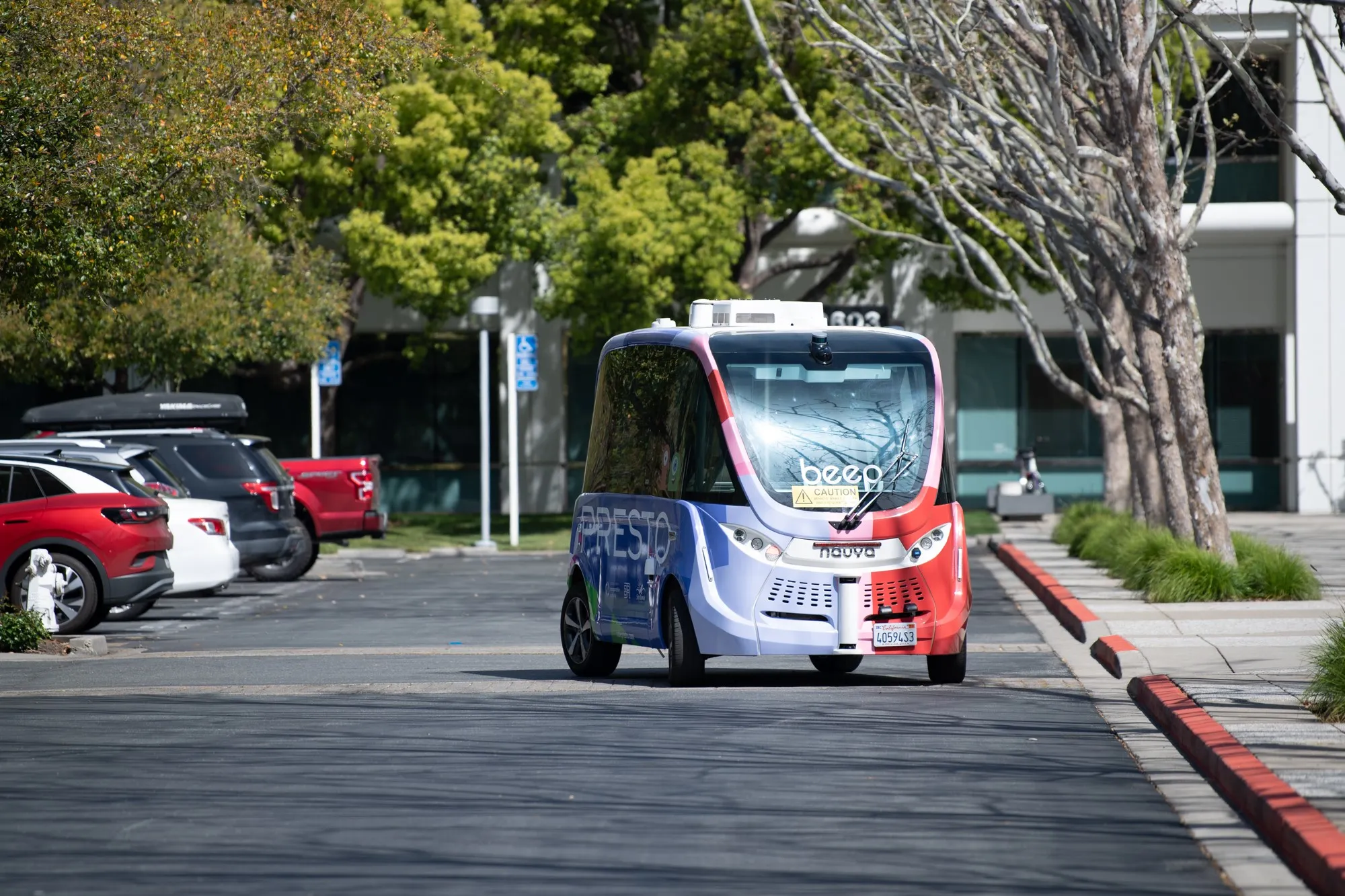Keolis Canada and NAVYA are to present their autonomous electric shuttle project at the UITP Global Public Transit Summit in Montreal 15-17 May. Environmentally-friendly, the autonomous shuttle has a capacity of 15 passengers and is suitable for urban areas, airports, industrial sites, amusement parks, hotel complexes and hospitals. It has been designed to help organisations and businesses improve performance by streamlining the flow of movement.
April 11, 2017
Read time: 1 min
Environmentally-friendly, the autonomous shuttle has a capacity of 15 passengers and is suitable for urban areas, airports, industrial sites, amusement parks, hotel complexes and hospitals. It has been designed to help organisations and businesses improve performance by streamlining the flow of movement.
In September 2016, in Lyon, France, Keolis launched experimental testing of NAVLY, the world's first public transport service using autonomous electric shuttles. Since then, it has tested a number of other autonomous shuttle projects in major cities, including Las Vegas in January.








